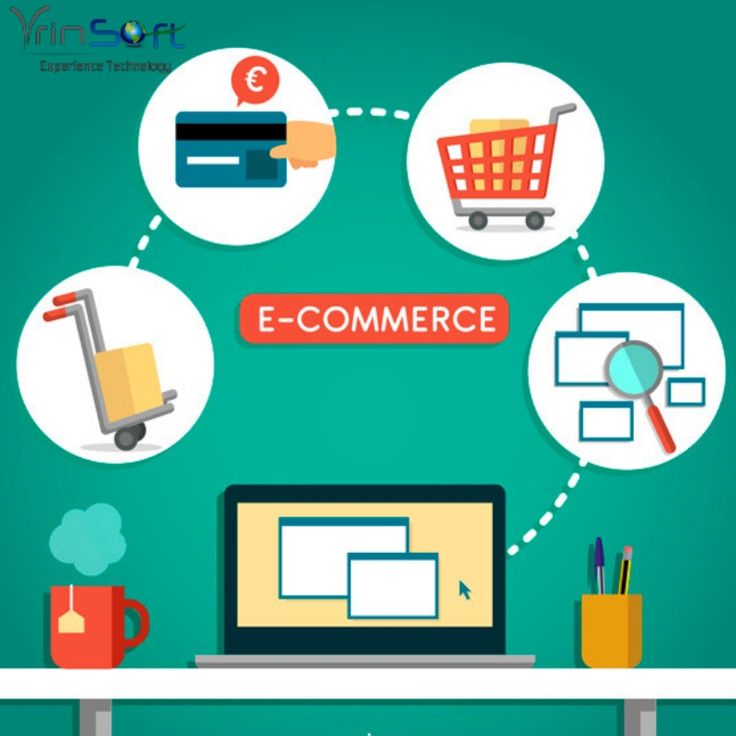Are shoppers visiting your site but leaving without making a purchase?
You’re not alone. With online competition intensifying daily, the margin for error in e-commerce is razor-thin. Every click matters. Every second of loading time counts. And every confusing button or poor product description could mean lost revenue.
If you’re serious about scaling your online store, optimisation isn’t optional—it’s essential. Whether you’re working with a PPC agency, running your own Google Ads, or relying on SEO traffic, this guide is packed with practical strategies to help your store perform better—starting today.
Table of Contents
-
Improve Your Site Speed
-
Optimise Product Pages for SEO
-
Use High-Quality Product Images
-
Write Conversion-Focused Product Descriptions
-
Streamline Your Checkout Process
-
Make Navigation Intuitive
-
Implement Smart Search Functionality
-
Prioritise Mobile Responsiveness
-
Use Reviews and Social Proof
-
Upsell and Cross-Sell Intelligently
-
Add Live Chat Support
-
Simplify Returns and Shipping Info
-
Run Targeted Paid Campaigns
-
Track and Test with Analytics
-
Embrace Personalisation
-
Partner with a CRO Agency
1. Improve Your Site Speed
Slow-loading websites drive customers away. Every second of delay can reduce conversions by up to 7%. Use tools like Google PageSpeed Insights or GTmetrix to diagnose issues and optimise image sizes, scripts, and server response times.
2. Optimise Product Pages for SEO
Work with an experienced SEO agency to ensure your product pages are properly structured with relevant keywords, meta titles, alt texts, and schema markup. Ranking higher on search engines brings in quality, intent-driven traffic.
3. Use High-Quality Product Images
Clear, zoomable, and multiple-angle images are critical. They reduce uncertainty and return rates. Consider 360-degree views or short product videos for added impact.
4. Write Conversion-Focused Product Descriptions
Generic copy doesn’t sell. Highlight benefits over features, address objections, and tap into emotions. Speak your customer’s language and answer their unspoken questions.
5. Streamline Your Checkout Process
Long, complicated checkouts are conversion killers. Offer guest checkout, auto-fill fields, and multiple payment methods. Fewer steps = more sales.
6. Make Navigation Intuitive
Menus, filters, and categories should make sense. Group products logically and limit the number of clicks to reach any page. If users can’t find what they’re looking for, they’ll leave.
7. Implement Smart Search Functionality
A robust internal search engine with auto-suggestions, typo correction, and filter integration can drastically improve UX and conversions.
8. Prioritise Mobile Responsiveness
Over 60% of e-commerce traffic now comes from mobile. Your site must work flawlessly on all devices. A digital marketing agency can audit and optimise your mobile UX.
9. Use Reviews and Social Proof
Ratings, testimonials, and user-generated content build trust. Include them prominently on product pages and within checkout flows to reassure new customers.
10. Upsell and Cross-Sell Intelligently
Use product bundles, “frequently bought together,” and add-on suggestions during checkout to increase average order value. Tools powered by AI can personalise these recommendations in real-time.
11. Add Live Chat Support
Real-time support reduces bounce rates and increases conversions. If a customer has a question, you want them to get answers instantly—not bounce to a competitor.
12. Simplify Returns and Shipping Info
Make return policies easy to find and understand. The more transparent your policies, the more confident shoppers will feel making a purchase.
13. Run Targeted Paid Campaigns
If you’re running ads, make sure your strategy isn’t just “set and forget.” A Google Ads Specialist or dedicated e-commerce PPC management team can create laser-targeted campaigns with strong ROI. Focus on remarketing, shopping ads, and dynamic campaigns.
14. Track and Test with Analytics
Use heatmaps, Google Analytics, and conversion tracking to understand user behaviour. Test headlines, CTAs, layouts, and offers. A/B testing is essential to CRO success.
15. Embrace Personalisation
Personalised product recommendations, targeted emails, and dynamic content based on user behaviour can increase engagement and loyalty. Smart automation tools can handle this at scale.
16. Partner with a CRO Agency
Sometimes, an outside perspective is what your store needs. A CRO agency will use data and behavioural analysis to systematically boost your store’s performance.
Final Thoughts
Optimising an e-commerce store isn’t a one-time project—it’s an ongoing commitment to improving user experience and removing friction from the customer journey.
Whether you’re leveraging organic traffic through a trusted SEO agency, scaling revenue with paid ads through a PPC agency, or reselling services via a white label marketing agency, consistent optimisation is what separates the good stores from the great ones.
Author: Ishant Sharma
Ishant Sharma is a Google Ads Specialist, Meta Ads Expert, Bing Ads Consultant, and seasoned SEO strategist. With over 10 years of experience helping businesses scale their digital marketing performance, he’s worked with global brands and fast-growing startups alike.
🔗 Connect with Ishant on LinkedIn













